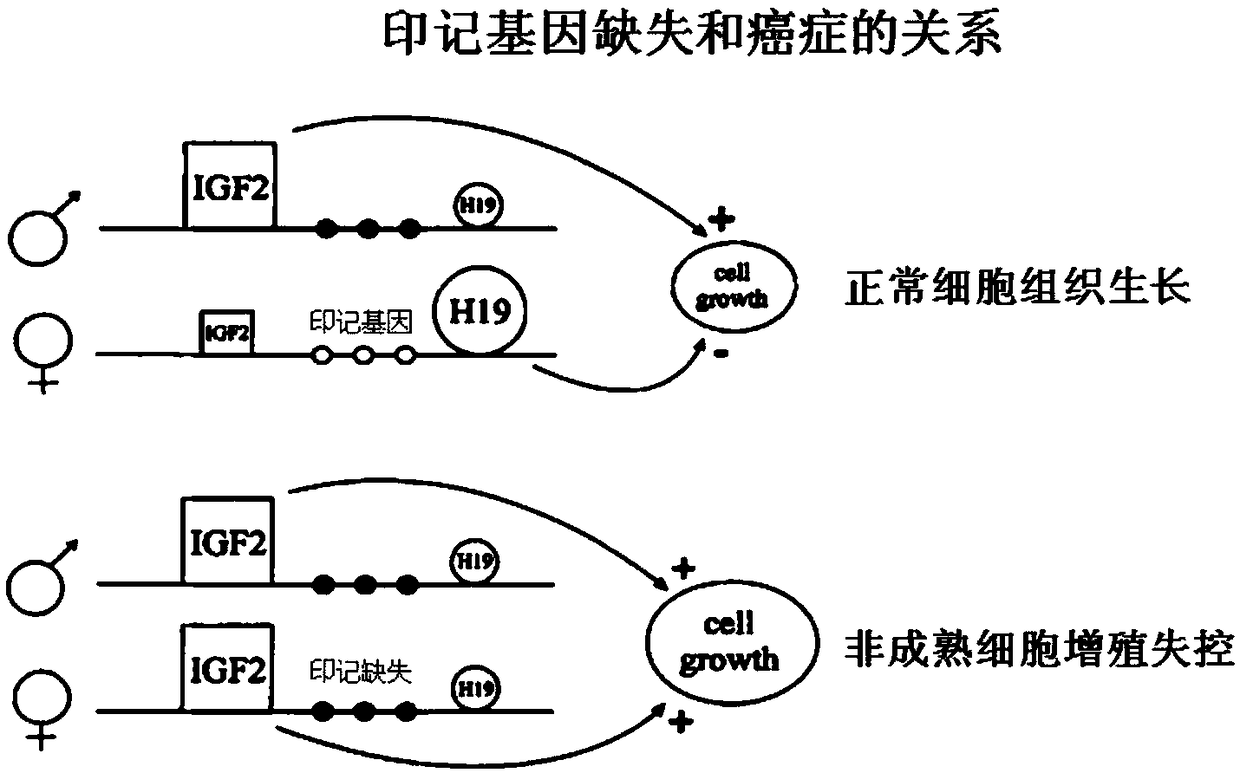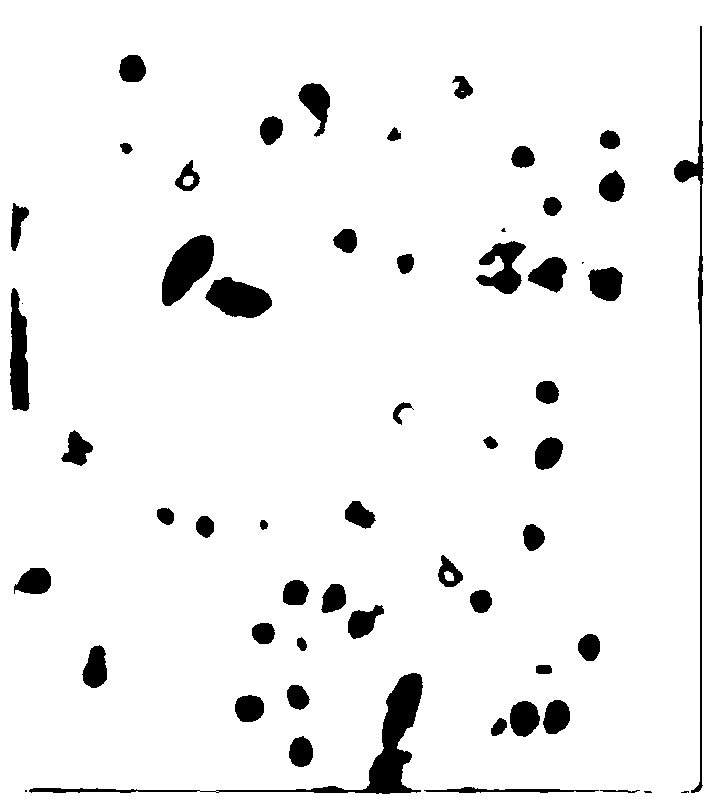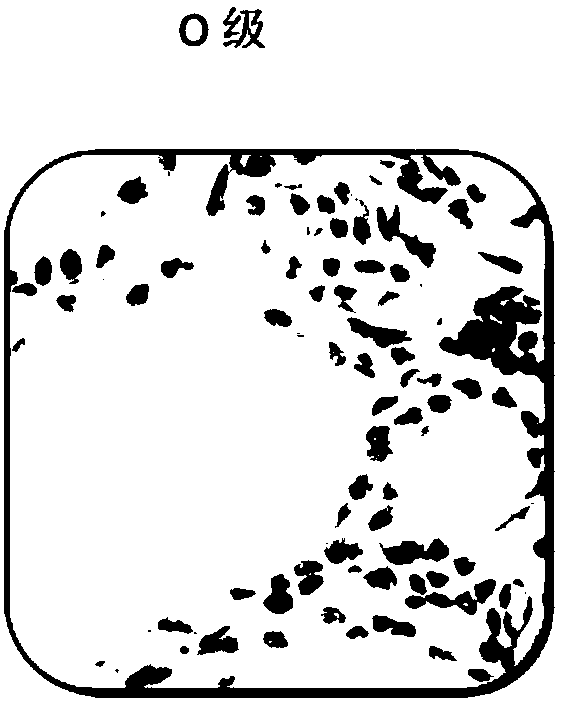Model for detecting malignant degrees of meningioma and application of model
A model, tumor technology, applied in the field of gene diagnosis and biology, can solve the problem of inability to diagnose tumors
- Summary
- Abstract
- Description
- Claims
- Application Information
AI Technical Summary
Problems solved by technology
Method used
Image
Examples
Embodiment 1
[0150] Example 1 Imprinted gene analysis of thyroid cancer
[0151] This embodiment provides a method for detecting thyroid cancer using imprinted genes, the relationship is as follows figure 1 Shown, described detection method comprises the steps:
[0152] (1) Obtain a tissue cell section (10 microns) of thyroid cancer, put it into the fixative solution described in patent ZL200710024048.6 and fix it to prevent RNA degradation. The fixation time is 24 hours, and it is embedded in paraffin (FFPE). Slides need to be detached with positive charges, and the slices are baked in a 40°C oven for more than 3 hours;
[0153] (2) Carry out dewaxing treatment according to the sample processing method of RNASCope to block the endogenous peroxidase activity in the sample, enhance permeability and expose RNA molecules;
[0154] (3) Design probes: design specific primers according to the imprinted gene sequence;
[0155] The design probes are based on imprinted genes Z1 (Gnas), Z2 (Igf2)...
Embodiment 2Z1-Z16
[0165] Example 2 Response sensitivity of Z1-Z16 imprinted genes to thyroid cancer
[0166] Obtain the tissue (10 microns) of 17 routine thyroid tumor patients, other detection methods are with embodiment 1, detection result is as follows Figure 4(a)-Figure 4(m) shown.
[0167] From Figure 4(a)-Figure 4(m) It can be seen that the proportion of imprint deletion and copy number abnormality of each probe in 17 thyroid tumor tissue samples presents a distribution from low to high. According to the distribution trend of different probes, we calculated the grade shown by the dotted line in the figure Standard, the imprint deletion and copy number abnormality of each probe can be divided into 5 grades from low to high, and the specific grades are as follows:
[0168] It can be seen from Figure 4(a) that for the imprinted gene Z1, the imprinted gene deletion expression is less than 15% and / or the imprinted gene copy number abnormal expression is less than 1.5% is grade 0, and the i...
Embodiment 3
[0187] Imprinted gene analysis of embodiment 3 skin cancer
[0188] Tissue samples of normal moles and skin malignant melanoma were obtained, fixed in 10% neutral formalin for more than 24 hours, other detection methods were the same as in Example 1, and the detection results were as follows Figure 5(a)-Figure 5(b) shown.
[0189] from Figure 5(a)-Figure 5(b) It can be seen that Figure 5(a) is a benign mole, and Figure 5(b) is a skin malignant melanoma. There are only individual cells with missing imprints in the mole, and no cells with abnormal copy number are found. There are a large number of skin malignant melanomas Cells with imprint deletions and copy number abnormalities.
PUM
 Login to View More
Login to View More Abstract
Description
Claims
Application Information
 Login to View More
Login to View More - R&D Engineer
- R&D Manager
- IP Professional
- Industry Leading Data Capabilities
- Powerful AI technology
- Patent DNA Extraction
Browse by: Latest US Patents, China's latest patents, Technical Efficacy Thesaurus, Application Domain, Technology Topic, Popular Technical Reports.
© 2024 PatSnap. All rights reserved.Legal|Privacy policy|Modern Slavery Act Transparency Statement|Sitemap|About US| Contact US: help@patsnap.com










